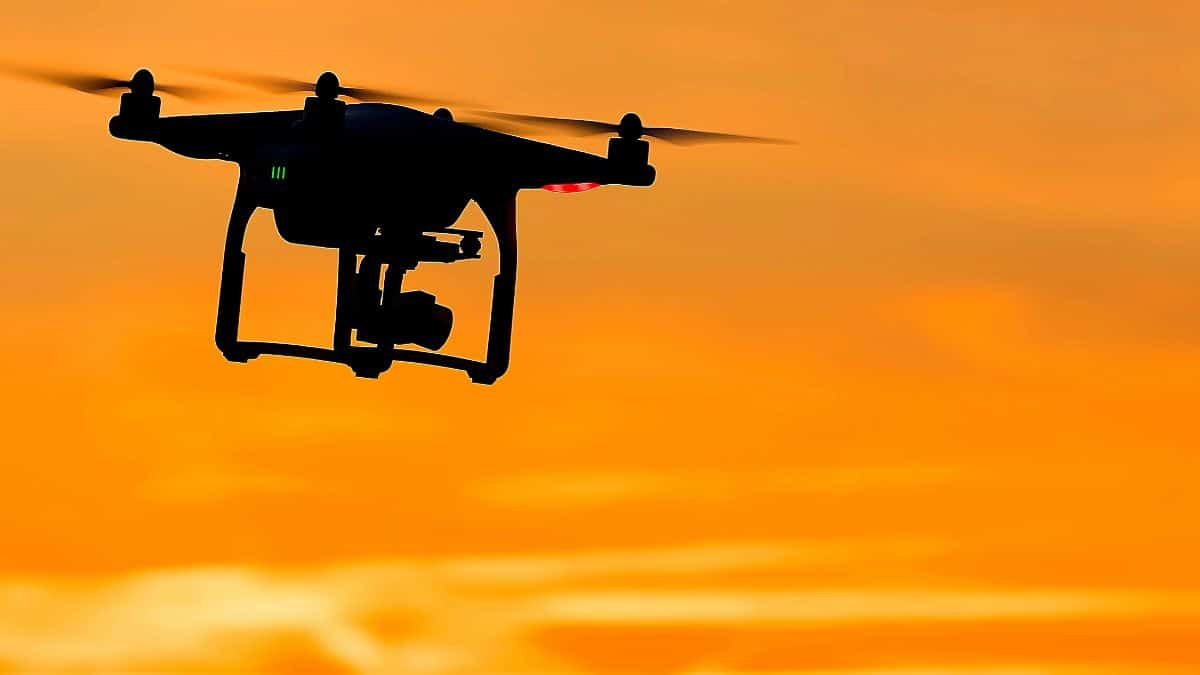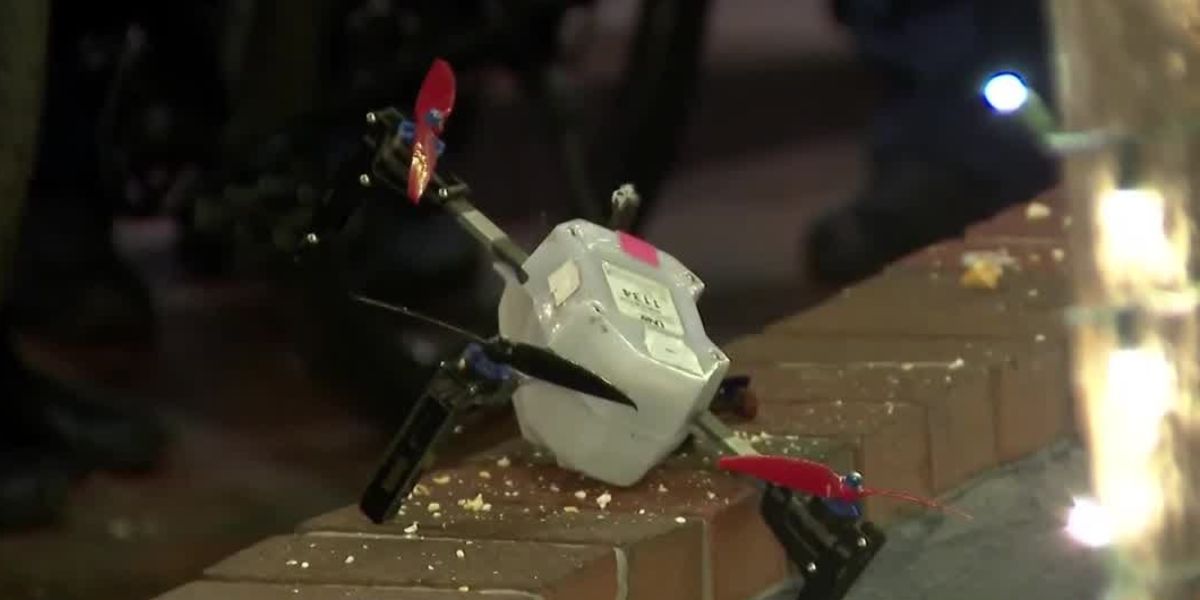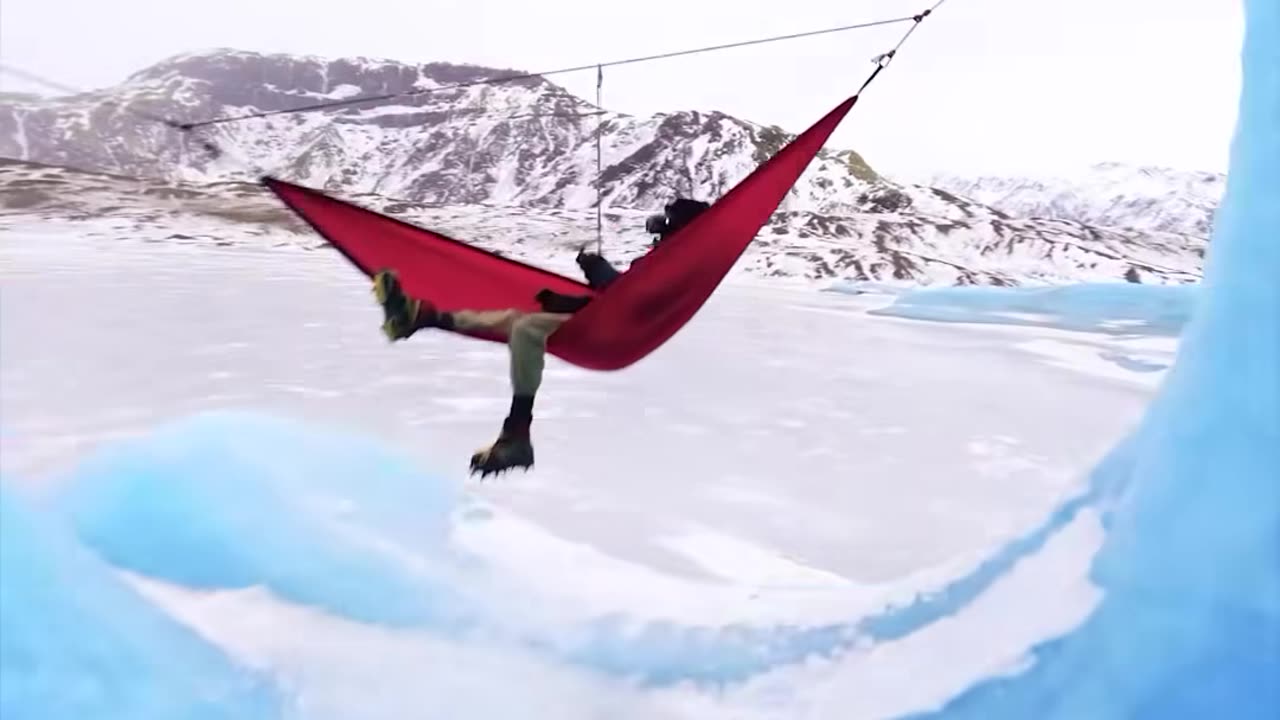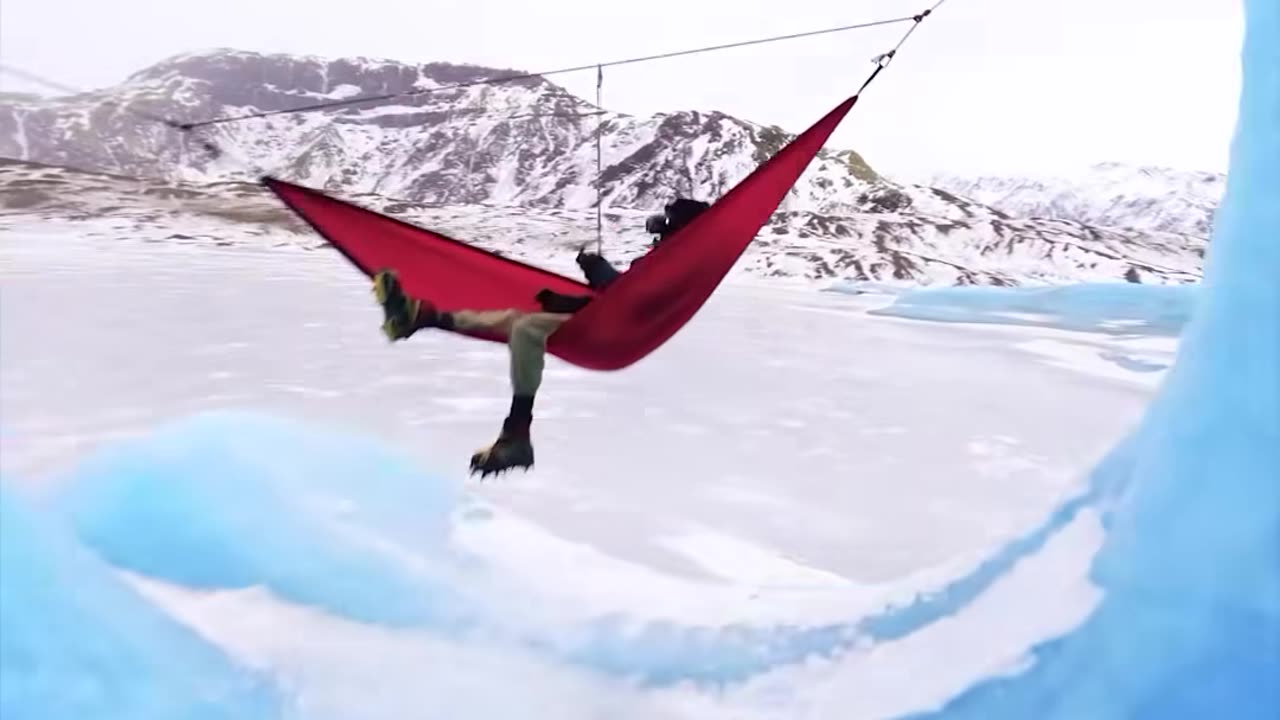Drone crash: It’s a phrase that evokes images of whirling blades and sudden, uncontrolled descents. But understanding why drones crash is crucial, whether you’re a seasoned pilot or just curious about this rapidly expanding technology. This guide dives into the common causes, prevention strategies, investigation processes, and the overall impact of these incidents, equipping you with the knowledge to fly safer and smarter.
From mechanical malfunctions and pilot error to the impact of weather and the legal ramifications, we’ll cover it all. We’ll explore real-world case studies, offering valuable insights and practical advice for minimizing the risk of drone crashes and ensuring responsible drone operation.
Drone crashes can be a real bummer, especially if you lose valuable footage or damage your equipment. Reliable connectivity is key to preventing this, and that’s where having a strong cellular signal comes in handy. Check out the coverage map from bell mts to see how their network can help keep your drone flights safe and connected.
Knowing your signal strength before takeoff can save you from a costly drone crash.
Drone Crash Causes
Understanding why drones crash is crucial for preventing future incidents. Several factors, often intertwined, contribute to these events. This section details the most common causes, focusing on mechanical issues, weather impacts, and human error.
Common Drone Crash Causes
Five prevalent reasons for drone crashes include mechanical malfunctions, adverse weather conditions, pilot error, GPS signal interference, and collisions with obstacles.
Mechanical Failure in Drone Crashes
Mechanical failures can range from simple propeller damage to complex issues with the flight controller. For example, a worn-out motor bearing might lead to a loss of power mid-flight, while a faulty ESC (Electronic Speed Controller) can cause erratic motor behavior. A damaged gimbal, responsible for stabilizing the camera, could lead to unstable flight and eventual crash.
Weather’s Impact on Drone Crashes
Wind, rain, and snow significantly affect drone stability and performance. High winds can easily overwhelm a drone’s ability to maintain its position, leading to uncontrolled drift and crashes. Rain can damage electronic components, while snow can accumulate on propellers, reducing lift and causing instability.
| Weather Condition | Wind Speed (mph) | Precipitation Type | Estimated Crash Rate Increase (%) |
|---|---|---|---|
| Strong Winds | >20 | None | 50-100 |
| Light Rain | <10 | Rain | 10-20 |
| Heavy Rain | <15 | Rain | 30-50 |
| Snow | <10 | Snow | 40-60 |
Human Factors in Drone Crashes

Pilot error is a leading cause of drone crashes. This encompasses a range of issues, from insufficient training and poor pre-flight checks to reckless flying and ignoring weather warnings. Lack of experience, improper battery management, and failure to understand airspace restrictions all contribute to accidents.
Drone Crash Prevention
Preventing drone crashes requires a multi-faceted approach combining careful pre-flight procedures, diligent maintenance, and the use of safety features. This section Artikels key strategies to minimize risk.
Drone Safety Checklist
Before each flight, pilots should diligently follow a checklist. This ensures all critical systems are functioning correctly and reduces the chance of human error.
- Inspect drone for physical damage.
- Check battery levels and health.
- Verify GPS signal strength.
- Review flight plan and airspace restrictions.
- Check weather conditions.
- Perform pre-flight calibration.
- Conduct a test hover.
Drone Maintenance Best Practices
Regular maintenance is essential for optimal drone performance and safety. These practices help identify and address potential issues before they cause a crash.
- Inspect propellers for damage and replace as needed.
- Clean drone sensors and camera lenses regularly.
- Properly store and charge batteries to extend their lifespan and prevent damage.
Drone Safety Features and Technologies
Many drones incorporate safety features such as Return-to-Home (RTH) functionality, obstacle avoidance systems, and geofencing. RTH automatically returns the drone to its starting point if it loses signal or encounters problems. Obstacle avoidance uses sensors to detect and avoid obstacles. Geofencing restricts the drone’s flight to a predefined area.
Drone crashes can be frustrating, especially when you’re trying to get footage of the incident itself! To review the footage later, you’ll need to get your photos off your camera, so make sure you’ve got your canon ts3420 wifi setup working perfectly. A quick, reliable wifi connection is key for transferring those crucial post-crash images, so you can analyze what went wrong.
Drone Pilot Training and Certification Resources
Several organizations offer training and certification programs for drone pilots. These resources provide the knowledge and skills necessary for safe and responsible drone operation.
- AOPA (Aircraft Owners and Pilots Association)
- FAA (Federal Aviation Administration)
- Local drone clubs and workshops
Drone Crash Investigation
Investigating drone crashes involves a systematic process to determine the cause and prevent similar incidents. This section Artikels the steps involved and the data collected.
Steps in a Drone Crash Investigation

A typical drone crash investigation starts with securing the crash site, documenting the scene, collecting evidence, analyzing data from the drone’s flight logs and onboard camera, and interviewing witnesses. A final report is then compiled outlining the findings and recommendations for preventing future crashes.
Data Collected During a Drone Crash Investigation
Investigators collect various data points, including flight logs (time, altitude, speed, GPS coordinates), video footage from the drone’s camera, photographs of the crash site, drone components, and witness statements. This comprehensive data helps reconstruct the events leading to the crash.
Legal and Regulatory Implications of Drone Crashes

Drone crashes can have significant legal and regulatory implications. Depending on the circumstances, liability for damages may fall on the drone operator, the drone manufacturer, or both. Regulations concerning airspace and drone operation must be adhered to strictly. Failure to do so can result in fines or legal action.
Visual Representation of a Drone Crash Site
Imagine a field with scattered drone debris. The drone’s main body is fractured, lying approximately 10 meters from a broken propeller. A small crater is visible in the ground near the main body, suggesting a hard impact. A partially intact camera lies several meters away, indicating a possible detachment during the crash. The surrounding area shows no signs of significant damage.
Drone Crash Impact and Mitigation
Drone crashes can have various consequences depending on the location and circumstances. Understanding these impacts is vital for developing effective mitigation strategies.
Consequences of Drone Crashes in Different Settings
In urban areas, a drone crash could damage property, injure people, or disrupt air traffic. In rural areas, the impact might be less severe but could still involve damage to crops or livestock. Near critical infrastructure, such as power lines or airports, the consequences could be far-reaching and potentially catastrophic.
Economic Impact of Drone Crashes
Drone crashes result in significant economic losses. Repair costs, insurance claims, and potential legal liabilities can add up quickly. For businesses using drones commercially, a crash can lead to downtime, lost revenue, and reputational damage.
Strategies for Minimizing the Impact of Drone Crashes
- Improved pilot training and certification programs.
- Development and implementation of robust safety standards.
- Enhanced drone technology with advanced safety features.
- Increased public awareness of drone safety.
- Effective emergency response protocols.
Successful Mitigation Strategies
Following notable drone crashes, several mitigation strategies have been implemented. These include stricter regulations on drone operation near airports and critical infrastructure, improved pilot training programs, and the development of more sophisticated obstacle avoidance systems.
Drone crashes can be frustrating, especially when you’re relying on a strong signal for live feed. To avoid losing connection mid-flight, consider boosting your Wi-Fi range with a powerful amplificateur wifi , ensuring a stable connection for better drone control and data transmission. A reliable signal can significantly reduce the risk of a mid-flight crash due to signal loss.
Drone Crash Case Studies
Analyzing past drone crash incidents provides valuable lessons for preventing future accidents. This section examines specific case studies and hypothetical scenarios.
Notable Drone Crash Incident
In 2018, a large commercial drone carrying a heavy payload experienced a catastrophic motor failure during a delivery flight. The drone fell from a significant altitude, causing substantial damage to a nearby warehouse. The investigation revealed a lack of proper pre-flight inspection and inadequate maintenance as contributing factors. The incident highlighted the importance of regular maintenance and thorough pre-flight checks.
Comparison of Drone Crash Case Studies
Comparing two different incidents, one involving a recreational drone crash due to pilot error and another involving a commercial drone crash due to mechanical failure, reveals that human error remains a significant factor across various drone applications. However, mechanical issues can lead to significant consequences, especially for heavier drones carrying larger payloads.
Hypothetical Drone Crash Scenario and Response
Imagine a drone crashes into a busy city street, causing minor damage to a vehicle. The first responders secure the area, ensuring public safety. The drone operator is contacted and questioned. The drone’s flight data recorder is retrieved and analyzed. The investigation determines that pilot error, specifically a failure to maintain visual line of sight, was the primary cause of the crash.
Technological Advancements in Drone Safety, Drone crash
Ongoing advancements in drone technology are improving safety. These include improved battery technology, more sophisticated obstacle avoidance systems using AI and machine learning, and enhanced communication systems for better signal reliability and redundancy. These advancements are continually reducing the likelihood of drone crashes.
Final Thoughts
Ultimately, preventing drone crashes requires a multifaceted approach. By understanding the various contributing factors, implementing robust safety protocols, and staying updated on the latest technologies and regulations, we can significantly reduce the risk of these incidents. Remember, responsible drone operation is not just about avoiding crashes; it’s about ensuring the safety of yourself, others, and the environment. Let’s fly safely and responsibly!
FAQs: Drone Crash
What should I do immediately after a drone crash?
Ensure your safety first. Assess the damage to the drone and surrounding area. If anyone is injured, call emergency services immediately. Document the scene with photos and videos before moving anything. Report the incident to relevant authorities as required.
How much does drone insurance cost?
Drone insurance costs vary greatly depending on factors like the drone’s value, your flight location, and the type of coverage. It’s best to get quotes from multiple insurers to compare prices and coverage options.
Are there specific regulations for drone crashes I need to know?
Yes, regulations vary by country and region. You’ll likely need to report the crash to the relevant aviation authority. Failure to do so can result in penalties. Check your local regulations for specific requirements.
Can I repair my drone myself after a crash?
Minor damage might be repairable at home, but significant damage often requires professional repair. Attempting complex repairs without expertise could cause further damage or create safety hazards.
